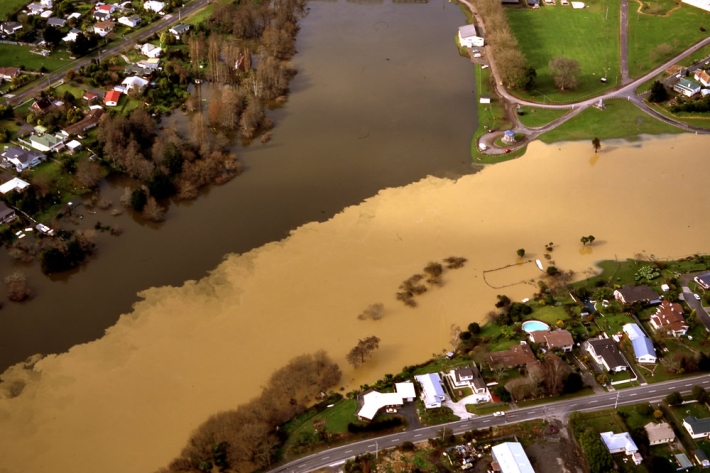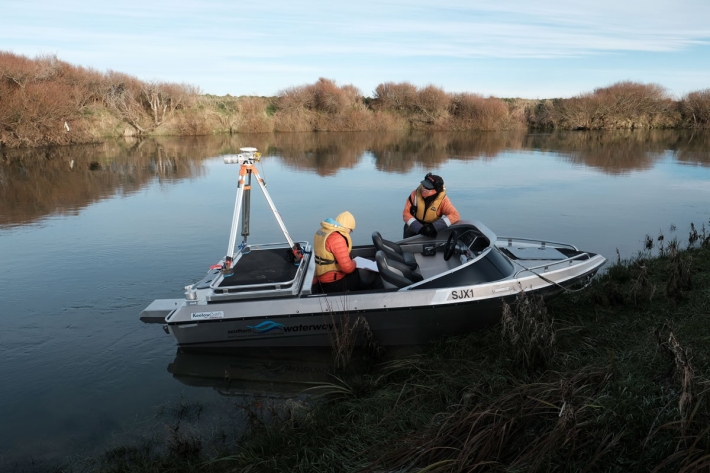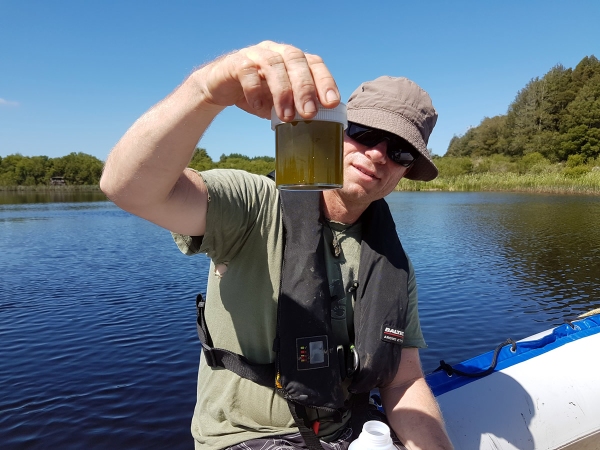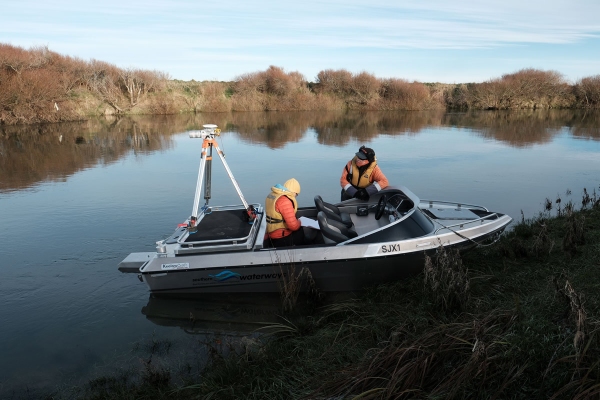21 August 2017
Freshwater Update 74 brings you the latest information from our Freshwater & Estuaries Centre, with a focus on technology to trace the source of sediments in our waterways, measure bank erosion and shallow lake rehabilitation. Also see discussion in Water & Atmosphere 18, June 2017 on what is happening to New Zealand’s freshwater.
In this issue

Compound Specific Stable Isotope tracing of sediment sources - tools to manage a sticky problem in New Zealand’s freshwaters and estuaries
Fine sediment is New Zealand’s most widespread water contaminant, degrading ecosystems, infilling dams and reservoirs and impairing recreational, cultural and aesthetic values in our rivers, estuaries and coastal seas.
Using new laser technology to measure bank erosion
Fine sediment is NZ’s most widespread contaminant, degrading ecosystems and impairing recreational, cultural and aesthetic values in our rivers, estuaries, and coastal seas.
Shallow lake rehabilitation
The naturally high organic content and slightly acidic nature of peat lakes gives them uniqueness and great ecological value but it also makes them challenging ecosystems to rehabilitate once degraded.
Freshwater Restoration: Challenges and Opportunities
A presentation by NIWA’s Chief Scientist Freshwater and Estuaries, Dr John Quinn, at the Biological Heritage National Science Challenge, Wellington, May 2017.


